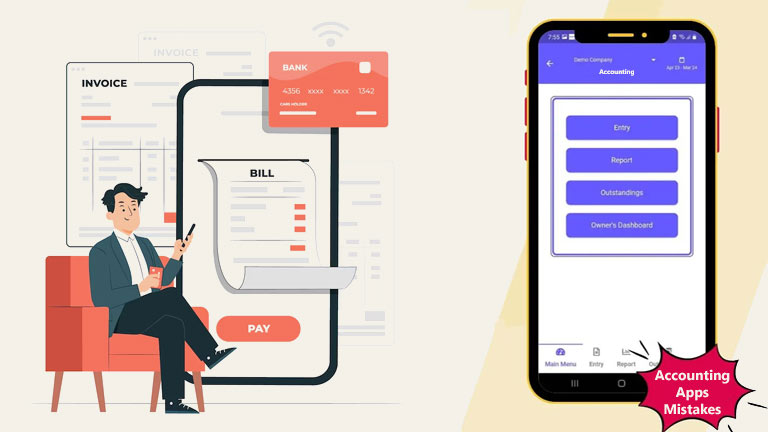
Employees with questions about their pay, benefits information, or time records can go to the company’s employee portal to manage the problem themselves. It helps lift the administrative burden from HR and boosts employee satisfaction.
What is ESS?
Employee self-service (ESS) is a system or portal that employees can log into with their unique username and password to manage their personal information and payroll data. Typically, this includes personal data like name and address and financial information like pay stubs and tax withholdings. Some ESS systems also offer access to company-provided benefits and wellness programs.
ESS systems can streamline and automate many everyday HR-related tasks, freeing time for human resources professionals to focus on more complex work. They can also empower employees by letting them control their data and information more. Depending on the software, a well-designed ESS portal may even include functionality that helps employees to save money and time on everyday expenses, such as by storing photos of their benefits cards or receiving alerts when their bank account has low balances.
To get the most out of your ESS solution, it’s important to roll it out with care. Be patient with employees who may have trouble adapting to the new technology, and reassure them that their workflows will be much easier once they learn how to use it. Consider running a series of employee education sessions or offering HR office hours to answer any questions. You can also use incentives to encourage usage, such as raffling off inexpensive televisions or gift cards to employees who update their information and demonstrate active ESS use.
How does ESS work?
Employee self-service payroll is a feature many human resource information systems (HRIS) offer. It enables workers to conduct various necessary but time-consuming administrative activities that they would otherwise have to delegate to HR specialists or managers.
In addition to offering a secure, convenient way for employees to access personal data and essential documents, ESS portals often provide features that streamline workflows for HR and payroll teams. For example, allowing employees to request earned wages on demand cuts down the amount of paperwork HR must process and reduces document submission errors.
An effective ESS system helps companies comply with government regulations and best practices. In addition, some employee self-service systems include automated compliance reporting, ensuring that employee records meet all requirements.
Rolling out a new ESS technology requires carefully considering how employees will use it. The ideal solution is to provide a user-friendly interface that consolidates the essential features in one location and is easily accessible with a single login. Employees who find the helpful system will be more likely to use it. To maximize adoption, consider investing in internal marketing that emphasizes the benefits of ESS in comparison to manual or paper-based processes.
What are the benefits of ESS?
Aside from helping streamline HR operations, ESS can provide additional employee benefits. For example, some ESS systems allow employees to make on-demand wage requests if their paycheck cycle doesn’t align with other financial responsibilities, like rent or food costs. This feature eliminates the need for HR to process a reimbursement request and saves time.
Additionally, many ESS programs can help streamline performance review processes. For example, employees can use their ESS portal to access and update personal information, apply for annual leave, or request other types of time off, which can also be used for supervisors and HR to track progress and offer feedback.
Many modern ESS software systems have interfaces that mirror how employees are likely to interact with apps in their own lives, which can increase user adoption. In addition, it may significantly impact how frequently employees use their company’s ESS system, which can determine the ROI level that a business can expect to see.
While ESS can reduce the need for HR to process certain documents, it can also lead to errors in personnel records due to an increased reliance on automated processes. As a result, while selecting a new ESS software, evaluating your workforce’s skill level is critical. In addition, employees with trouble using a self-service program might become frustrated and revert to old, manual systems to handle their work.
How do I set up ESS?
Whether your employees are nannies or office workers, they must have access to critical information regarding their jobs. An employee self-service portal enables them to do just that – and more. It’s a hub for all their HR and payroll-related needs, from making schedule requests to submitting expense receipts. The best ESS software is designed with employee-centric features that keep everything organized and easy to find.
It’s also easier for employees to track their time and attendance, especially when a system integrates with their payroll software. And when a discrepancy is discovered, employees can make online corrections and submit them to their managers for approval.
When rolling out new ESS tools, educating employees about how the tools can help them is essential. It can be done through class-based training or one-on-one sessions, but it’s also possible to offer video tutorials and user manuals to boost accessibility.
An ESS portal should be available to employees around the clock, and your organization may choose to host it internally or through an external website compatible with most devices. To ensure your portal is relevant to your employees, consider monitoring what topics they search for most often. You can then add more content on those topics to give them what they need. It’s also essential to provide clear and concise descriptions for each tool on the ESS portal.




